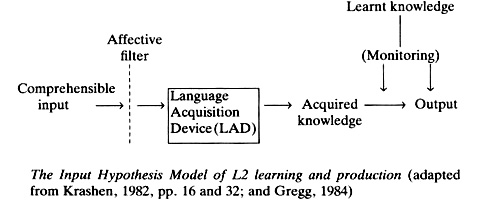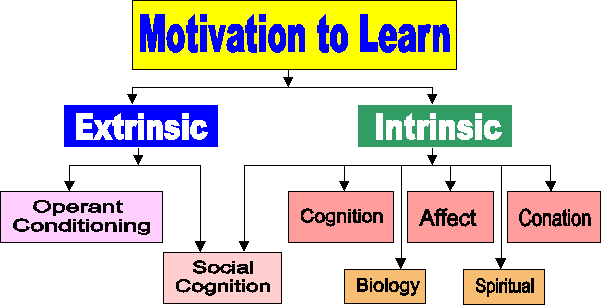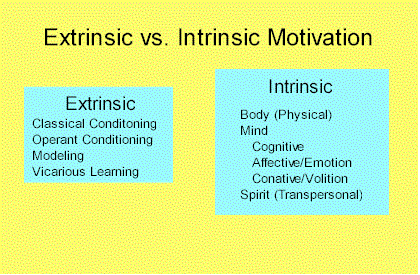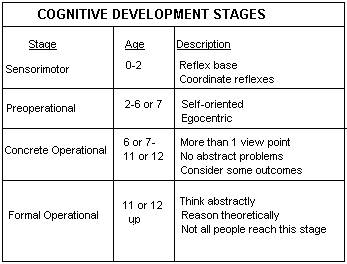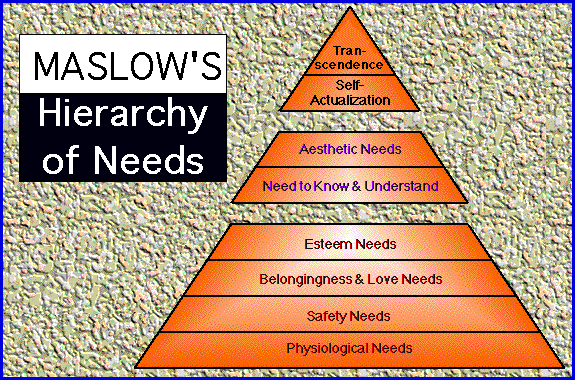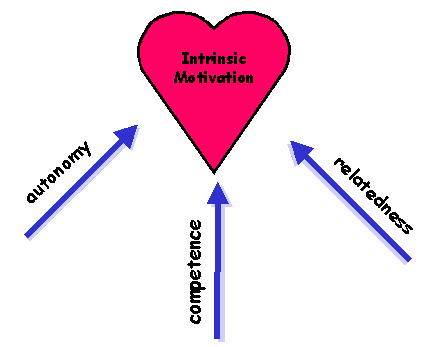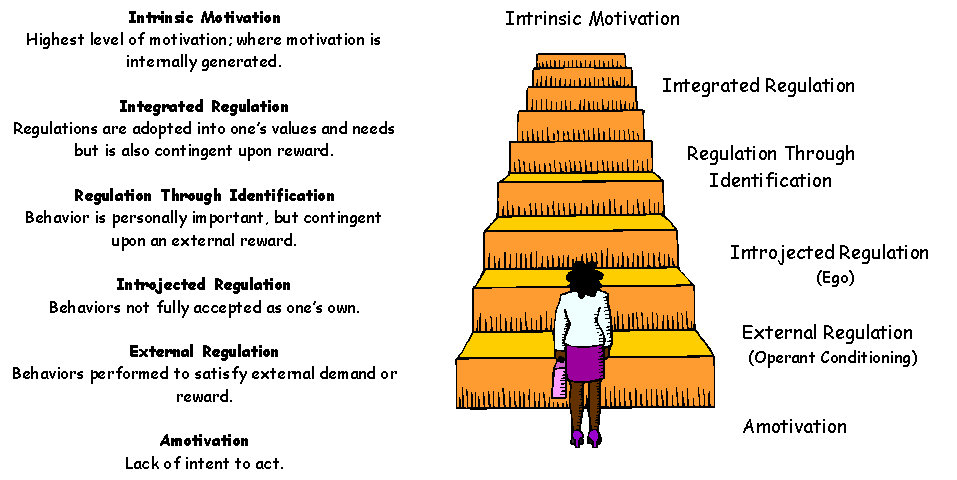Alderfer, C. (1972). Existence, relatedness, & growth. New York:
Free Press.
Ames, C., & Ames, R. (1989). Research in motivation in education.
San Diego: Academic Press.
Ames, R. and Ames C. (1991). Motivation and Effective Teaching.
Educational
Values and Cognitive Instruction: Implications for Reform. Idol,
Lorna, and Beau Fly , Jones eds. Hillsdale: L. Erlbaum and Associates.
Ames, C. (1992). Classroom goals, structures, and student motivation.
Journal of Educational Psychology, 84(3), 261-271.
Arnold, J. (ed.) (1999). Affect in language learning. Cambridge:
Cambridge University Press.
Brophy, J. (1986). On Motivating Students. Occasional Paper No. 101.
East Lansing, Michigan: Institute for Research on Teaching, Michigan State
University. ED276
724.
Brophy, J. (1987). Synthesis of Research on Strategies for Motivating
Students To Learn. Educational Leadership: 40-48. EJ362
226
Bruner, J. S. (1960). The process of education. Cambridge, MA: Harvard.
[EJ 043 959]
Chi, M. T. H. (1988). Knowledge-constrained inferences about new
domain-related concepts: Contrasting experts and novices. Pittsburgh University,
PA: Learning Research & Development Center. [ED 297 882]
Corder, S.P. (1981). Error Analysis and Interlanguage. Oxford: Oxford
University Press.
Crookes,
G., & Schmidt, R. W. (1991). Motivation: Reopening the research agenda.
Language Learning, 41, 469-512. [EJ 435 997]
http://www.deil.uiuc.edu/nppm/texts/crookes/crookesschmidt.html
Deci, E. L., & Ryan, R. M. (1985). Intrinsic
motivation and self-determination in human behavior. New York: Plenum Press.
Dörnyei, Z. (1994). Motivation and motivating
in the foreign language classroom. Modern Language Journal, 78, 273-284.
Dörnyei, Z. (1994). Understanding L2 motivation:
On with the challenge! Modern Language Journal, 78, 515-523.
Dornyei, Z. (1998). Survey Article: Motivation in second and foreign
language learning. Language Teaching, 31, 117-135.
Dörnyei,
Z., & Ottó, I. (1998). Motivation in action: A process model
of L2 motivation. Working Papers in Applied Linguistics (Thames Valley
University, London), 4, 43-69.
http://www-db.library.nottingham.ac.uk/ep1/documents/doc1/00/00/00/39/index.html
Dörnyei, Z. (2001). Teaching and Researching
Motivation. Harlow, England: Longman.
Ely, C. (1986). Language Learning Motivation: A Descriptive and Causal
Analysis. The Modern Language Journal, 70, 28-33.
Fisher, Robert. (1990). Teaching Children to Think, Basil Blackwell
Gardner, R.C. & Lambert, W.E. (1959). Motivational Variables
in Second Language Acquisition. Canadian Journal of Psychology, 13, 266-272.
Gardner, R. C., & Lambert, W. E. (1972).
Attitudes and Motivation in Second-Language Learning. Rowley, Mass.: Newbury
House Publishers.
GARDNER, R.C., Tremblay, P.F. (1994). On motivation
: measurement and conceptual considerations. Modern Language Journal 78:4.
524-527.
Gardner, R. C., & Tremblay, P. F. (1994).
On motivation, research agendas, and theoretical perspectives. Modern Language
Journal, 79, 359-368.
Keller, J.M.(1983). Motivational design of instruction. In C.M. Reigeluth
(Ed.). Instructional design theories and models: An overview of their current
status. Hillsdale, NJ: Erlbaum.
Keller, J.M. (1987a, Oct.). Strategies for stimulating the motivation
to learn. Performance and Instruction, 26(8), 1-7. (EJ 362 632)
Keller, J.M. (1987b). IMMS: Instructional materials motivation survey.
Florida State University.
Keller, J.M. & Keller, B.H. (1989). Motivational delivery checklist.
Florida State University.
Krashen, S. (1981), Second Language Acquisition
and Second Language Learning, Pergamon
Krashen,
S. (1982), Principles and Practice in Second Language Acquisition,
Pergamon
.
Krashen,
S. (1985), The Input Hypothesis: Issues and Implications, Longman
.
Krashen,
S. (1985), Language Acquisition and Language Education, Alemany
Press
McDonough, S.H. (1981), Psychology in Foreign
Language Teaching, London, Allen & Unwin.
McClelland, D.N. (1998), An Investigation into
the Socio-Psychological Orientations of Japanese College Students Learning
EFL, University of Surrey, English Language Institute. M.A. Linguistics.
http://www.surrey.ac.uk/ELI/mcclellandn.pdf
Maslow, A. (1954). Motivation and personality. New York: Harper.
Naiman, N., Frohlich, M., & Todesco, A. (1975). The good second
language learner. TESL Talk, 6, 58-75.
O'Malley, J.M., & Chamot, A.U. (1990). Learning strategies
in second language acquisition. Cambridge: Cambridge University Press.
Oxford, R.L. (1990a). Language learning strategies and beyond: A
look at strategies in the context of styles. In S.S. Magnan (Ed.), Shifting
the instructional focus to the learner (pp. 35-55). Middlebury, VT:
Northeast Conference on the Teaching of Foreign Languages.
Oxford, R.L. (1990b). Language learning strategies: What every
teacher should know. Boston: Heinle & Heinle.
Oxford, R. L. (1994). Where are we regarding language learning motivation?
Modern Language Journal, 78, 512-515.
Oxford, R. L. and Shearin, J. (1994). Language learning motivation:
Expanding the theoretical framework. The Modern Language Journal, 78, 12-28.
Oxford, R. L. (ed.). (1996). Language learning motivation : pathways
to the new century. Honolulu, Hawai'i : Second Language Teaching &
Curriculum Center, University of Hawai'i at Manoa.
Oxford, RL & Shearin, J. (1996). Language learning motivation
in a new key. In Oxford, RL (Ed.). Language Learning Motivation: Pathways
to the New Century. Honolulu: University of Hawai Press. 121-44
Piaget, J. (1972). The psychology of the child. New York:
Basic Books.
Piaget, J. (1990). The child's conception of the world. New
York: Littlefield Adams.
Ramirez, A. (1986). Language learning strategies used by adolescents
studying French in New York schools. Foreign Language Annals, 19,
131-141.
Reiss, M.A. (1985). The good language learners: Another look. Canadian
Modern Language Review, 41, 511-23.
Richard-Amato, P. (1997). Affect and Related Factors in Second and
Foreign Language Acquisition. TESOL's Voices of Experience Series.
Rubin, J. (1975). What the "good language learner" can teach us.
TESOL
Quarterly, 9, 41-51.
Scarcella, R.C. & Oxford, R.L. (1992). The Tapestry of Language
Learning. Heinle & Heinle Publishers. USA
Schumann, J. H. (1978). The acculturation model for second language
acquisition. In R. C. Gingras (Ed.), Second language acquisition and foreign
language teaching (pp. 27-50). Washington, DC: Center for Applied Linguistics.
Schumann, J. H. (1986.). Research on the acculturation model for
second language acquisition. Journal of Multilingual and Multicultural
Development, 7, 379-92.
Shaaban, K. & Ghaith, G. (2000). “Effect of Gender, Proficiency
Level, First Foreign Language, and University Major on Students’ Motivation
to Learn English as a Foreign Language”. Foreign Language Annals, 33 (6),
632-644.
Small, R.V. (1997). Assessing the motivational quality of world wide
websites. ERIC Clearinghouse on Information and Technology. (ED number
pending, IR 018 331)
Stipek, D. (1988). Motivation to learn: From theory to practice.
Englewood Cliffs, NJ:
Prentice Hall.
Vygotsky, L.S. (1978). Mind in Society. Cambridge, MA: Harvard
University Press.
Vygotsky, L., & Vygotsky, S. (1980). Mind in society : The
development of higher psychological processes. Cambridge: Harvard University
Press.
Vygotsky, L. (1986). Thought and language. Boston: MIT Press.
Wen, X. (1997). Motivation and Language Learning with Students of
Chinese. Foreign Language Annals, 30, 235-250.






